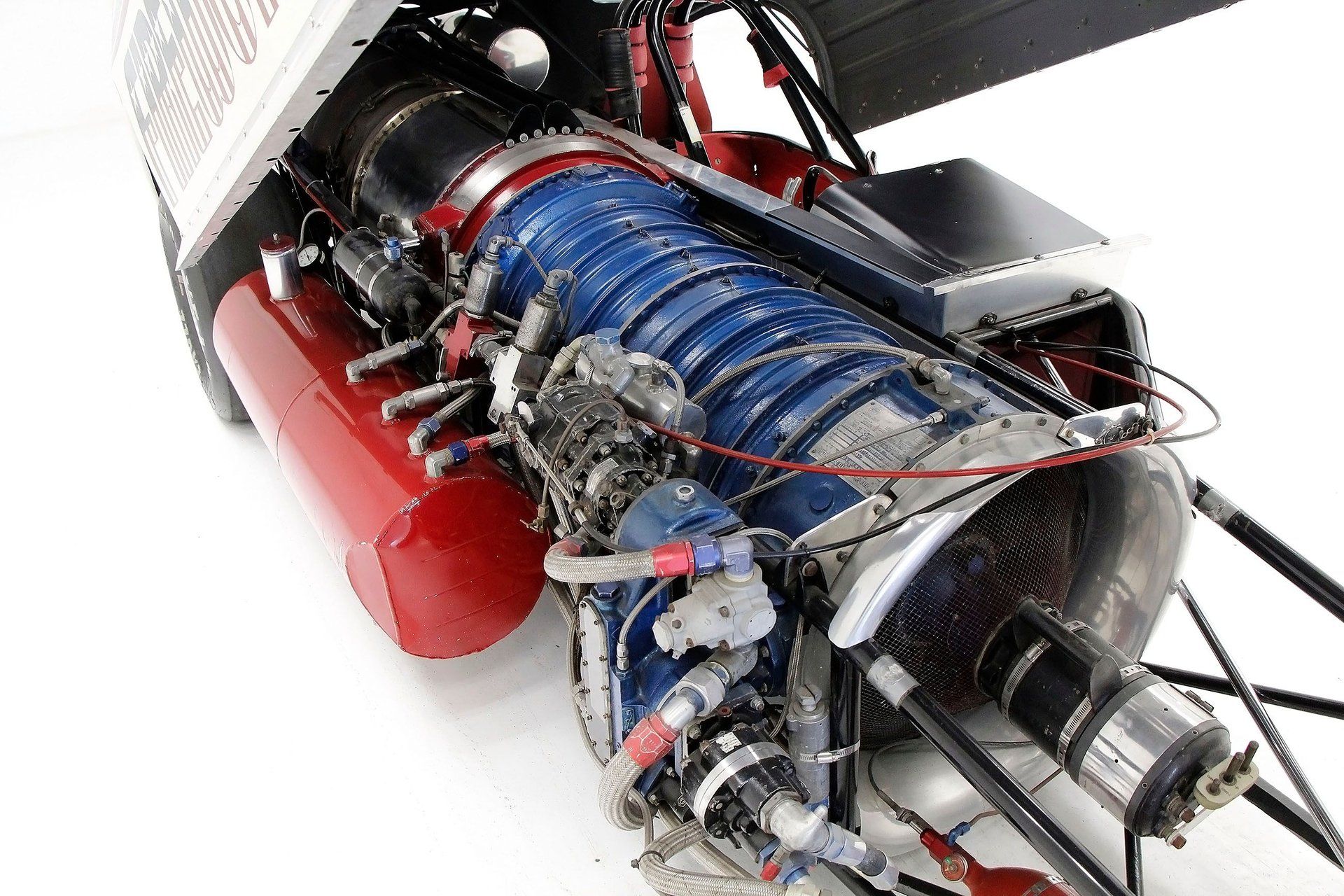
The grounded airframes were either scrapped or used for ground training. A government investigation of the F3H-1N program issue failed to determine if pilots had been lost due solely to the engine issues. Failures in service led to the loss of aircraft. In the case of the McDonnell F3H-1N Demon, the 10,900 lb thrust engine was used in production airframes for a very short period before the aircraft was grounded after repeated incidents caused by flying the now overweight airframe with an underpowered engine and continuing engine issues.

These were eventually used for early flight testing.

These higher-power engines were deemed a failure, leaving the US Navy Bureau of Aeronautics with only the earlier lower-power engines. A more powerful model 9.500/13,700 lbf thrust version was intended to replace the earlier engines for the various airframes, but proved to have a flawed compressor design and lacked a suitable control system. It was intended by the Bureau of Aeronautics, in early 1946, to power several fighter aircraft and a bomber, with a rating of 7,500 lbf (33 kN) thrust at sea level static conditions without afterburning and 10,900 lbs thrust with afterburning. The Westinghouse J40 was to be a high-performance afterburning turbojet engine.

Westinghouse Aviation Gas Turbine Division Please help to improve this article by introducing more precise citations. This article includes a list of references, but its sources remain unclear because it has insufficient inline citations.


 0 kommentar(er)
0 kommentar(er)
